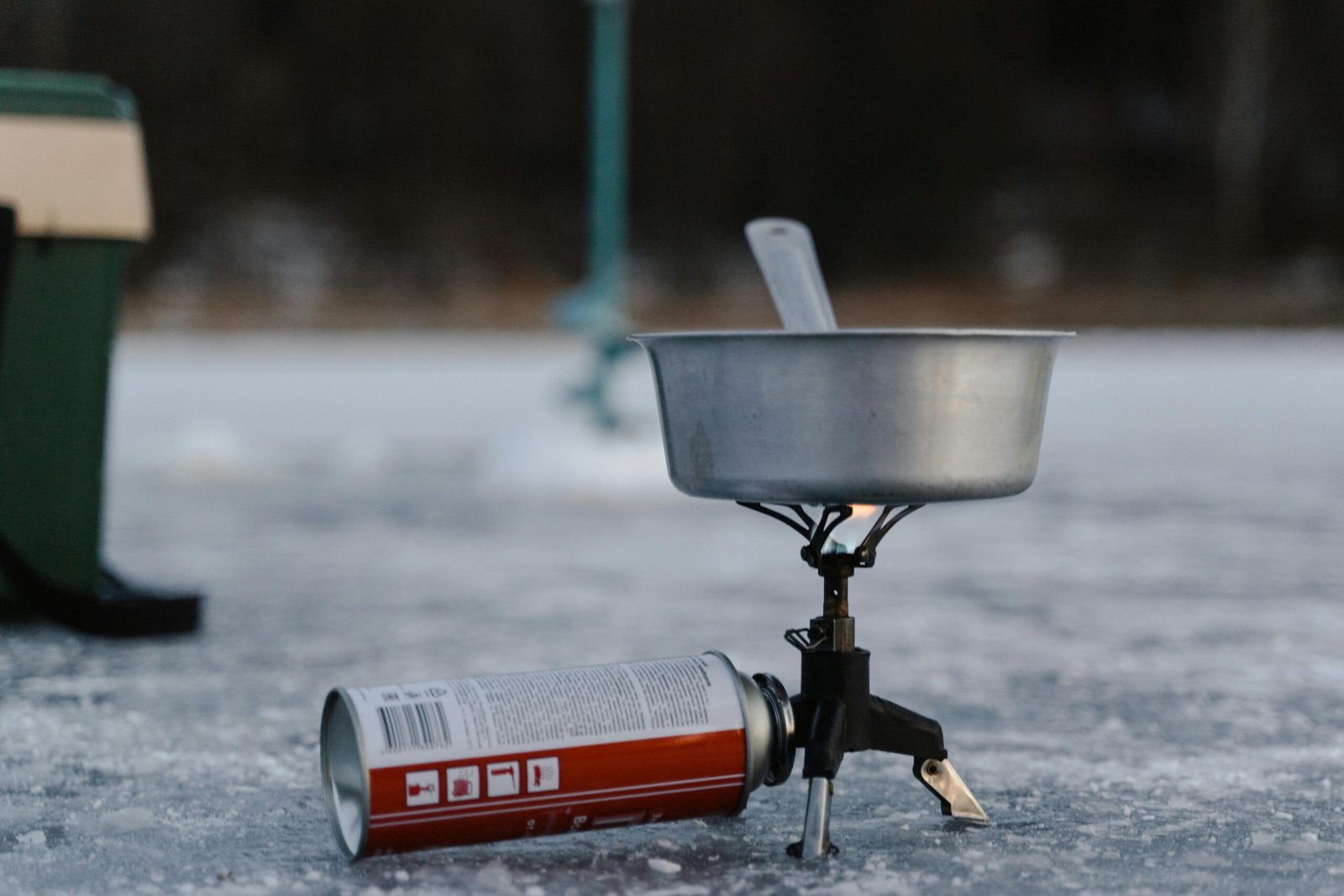
Your Ultimate Guide to Choosing a Single Burner Propane Stove
Finding the right single burner propane stove can transform your outdoor adventures. Whether you’re a seasoned camper, a backpacker, or just need a reliable backup for home emergencies, this compact appliance is a game-changer. It offers powerful cooking performance in a very small package. Consequently, choosing the right model is crucial for a great experience. This guide will walk you through everything you need to know.
Why Choose a Single Burner Propane Stove?
A single burner propane stove provides numerous advantages. First and foremost, its portability is unmatched. These stoves are lightweight and compact. Therefore, they fit easily into a backpack or car trunk. In addition, they deliver impressive heat output. This allows you to boil water quickly or cook a full meal with ease. Let’s look at the key benefits:
- Portability: Most models are designed to be small and light. This makes them perfect for any kind of travel.
- Power: Propane provides consistent high heat, even in windy or cold conditions.
- Ease of Use: Simply connect a propane canister and ignite the burner. It is incredibly straightforward.
- Fuel Accessibility: Small propane canisters are widely available at hardware stores and camping supply shops.
Key Features to Look For in a Single Burner Propane Stove
Not all stoves are created equal. For that reason, you should consider a few key features before making a purchase. These factors will directly impact your cooking experience and overall satisfaction.
BTU Output (Power)
BTU, or British Thermal Unit, measures heat output. A higher BTU rating generally means faster cooking times. For most camping needs, a stove with 8,000 to 12,000 BTUs is excellent. However, a lower BTU might be sufficient if you only need to boil water.
Ignition System
Most modern stoves feature a push-button piezo igniter. This is very convenient because you do not need matches or a lighter. While this system is reliable, it is always smart to carry a backup ignition source, just in case of failure.
Stability and Size
You must consider the stove’s base. A wide, stable base prevents tipping, which is crucial for safety. Also, check the size of the burner head to ensure it can support your cookware. Some models have extendable pot supports for added stability with larger pans.
Our Top Picks for Every Adventurer
To help you decide, we have highlighted a few types of stoves that consistently receive great feedback. These models balance performance, portability, and price perfectly.
The Ultralight Backpacker’s Choice
This type of stove is incredibly small and light. It often weighs just a few ounces. It screws directly onto the top of a propane canister. While it offers less stability, its minimal weight makes it the top choice for long-distance hiking. Above all, it is powerful enough to boil water in minutes.
The Car Camping Powerhouse
For those who have more space, this model is a fantastic option. It features a larger, more stable base connected to the propane canister via a hose. This design improves safety and supports larger pots. Furthermore, it often boasts a higher BTU output for serious cooking.
How to Safely Use and Maintain Your Stove
Safety should always be your top priority. Using a propane stove is simple, but you must follow some basic rules. Consequently, you can avoid accidents and enjoy your meal in peace.
- Always use your stove on a flat, stable surface away from flammable materials.
- Never use a propane stove inside a tent or any enclosed space due to the risk of carbon monoxide poisoning.
- Check for leaks before each use by applying soapy water to the connections. If bubbles form, you have a leak.
- Allow the stove to cool down completely before you pack it away.
- Store propane canisters in a cool, well-ventilated area away from heat sources.